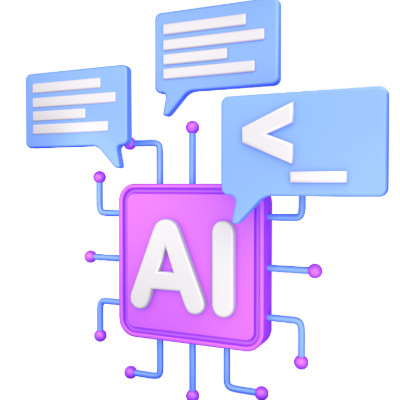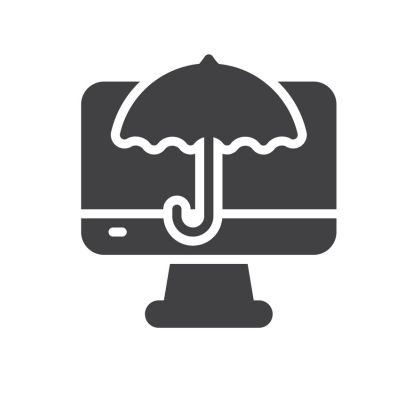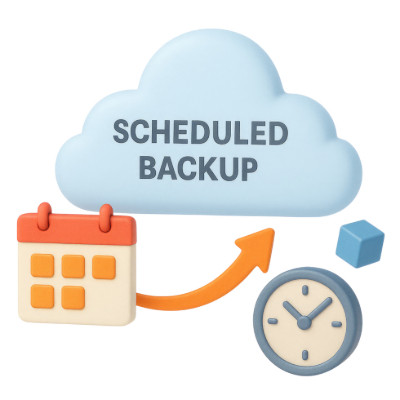Traditional cybersecurity has long been built on a foundation of restriction and reprimand. However, treating employees as the weakest link creates a dangerous paradox: the more you monitor and scold your team, the higher your actual risk becomes.
When an employee fears professional retaliation for a digital mistake, they don't become more careful… they become more secretive. They delete the suspicious email, close the flickering tab, and pray. This silence is a gift to threat actors, giving them the weeks or months they need to move through your network undetected.























